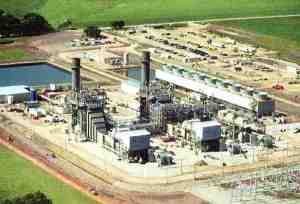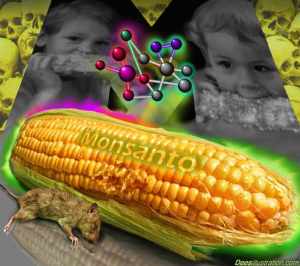
It goes without saying that talks of sustainability and the green movement are usually reserved for functioning members of society. Yet, a professor at Evergreen University is taking an unorthodox approach to spreading the ideals of sustainability to those who are seen as pariahs. In professor Nalini Nadkarni’s initiative, The Sustainability in Prisons Project (SPP), the Mission Creek Corrections Center for Women in Belfair, Washington has partnered with the Department of Defense to help inmates breed endangered orange and white Taylor’s checkerspot butterflies and release them into the wild.
The result is that the system has bred over 3,600 of the butterflies, but more importantly has involved those who are mainly seen as social outcasts in doing it. In order to participate in the program, inmates are required to apply and undergo on-the-job training. And while the program has taught the inmates about environmental awareness, it has also contributed to their success when reentering society. According to the article, “Seventy eight prisoners were involved with the Mission Creek project and 18 have been released, of which none have returned to prison, and one-third are employed.”
Ultimately, the project is empowering women to make a difference in the community even when locked behind bars. The effect is that the initiative is spreading its ideals of sustainability to an unconventional audience, and is aiding in their rehabilitation. Through this unorthodox partnership, even those who many deem as social outcasts are contributing to a world in which we all live green and be green.
http://www.huffingtonpost.com/2012/08/30/sustainability-in-prisons_n_1837966.html





